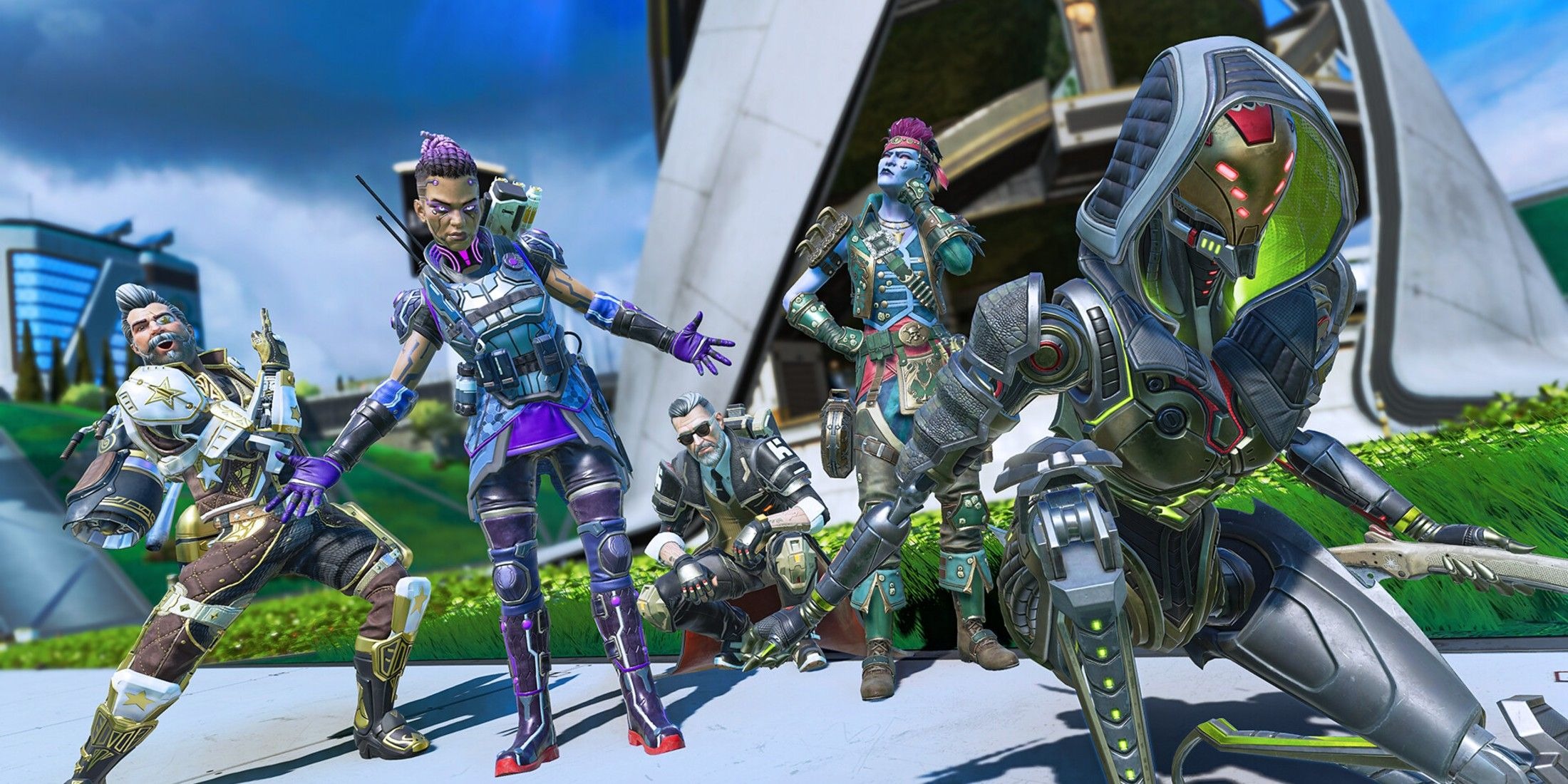Understanding the Evolution of Legends
Since its launch in 2019, Apex Legends has undergone significant transformation, particularly in the roles and purposes of its characters, known as Legends. Each Legend was initially designed with unique abilities that catered to specific gameplay styles, thus ensuring a balanced and dynamic experience for players. This careful orchestration allowed for various strategies in competitive play, with the Original Legends such as Wraith, Gibraltar, and Bangalore showcasing distinct advantages that appealed to diverse player preferences.
As the game progressed, the introduction of new Legends reshaped the gameplay landscape. Each new character introduced features that not only complemented but also challenged existing gameplay mechanics. For instance, the addition of octane with his speed-centric abilities altered the pace of engagements and encouraged more aggressive playstyles. Similarly, the introduction of Lifeline, who could effectively support teammates through healing and armor provisioning, emphasized the importance of teamwork and resource management. These new abilities continuously influenced the meta, as players adapted their strategies to leverage the strengths of newly-introduced characters while mitigating potential weaknesses.
Over the years, balance patches and gameplay updates were integral in maintaining equilibrium among the Legends. Developers monitored player engagement and win rates, implementing adjustments to ensure that no single Legend dominated the landscape for extended periods. The community’s feedback played a crucial role in this evolving process, guiding the shape of both existing and future Legends. By the time we reached 2025, the cumulative effect of these changes had resulted in a more intricate interplay of skills and strategies, where players not only had to master their chosen Legend but also understand the various synergies available within the ever-expanding roster. This continual evolution signifies a commitment not just to enhancing gameplay but also to nurturing a vibrant competitive community.
Shifts in Gameplay Dynamics
As of 2025, the gameplay dynamics in Apex Legends have undergone significant transformation, largely driven by evolving player strategies and community feedback. The importance of team composition has risen sharply, marking a shift from individual playstyles to a focus on synergy among Legends. Players have begun to recognize that a well-balanced team can significantly improve overall performance, prompting a more cooperative approach to gameplay. In this current environment, understanding the strengths and weaknesses of each Legend becomes paramount for success.
Moreover, the trends emerging from competitive play highlight the necessity for players to adapt their strategies based on the specific compositions of their teams. Legends are no longer played in isolation; rather, they are interdependent, with each character serving to complement others both in skill sets and in execution. For instance, pairing a defensive Legend with an offensive counterpart can create opportunities for flanking maneuvers, thereby maximizing tactical advantages. This evolving gameplay dynamic emphasizes that player success now largely hinges on collaborative teamwork.
Community feedback has played a crucial role in shaping these dynamics. As players share their experiences and strategies in forums and social media, developers have been able to glean invaluable insights that influence gameplay design, particularly in balancing the roles of Legends. New patches and updates have often been tailored to maintain competitive integrity and ensure that no single Legend dominates the meta. Furthermore, professional gameplay showcases the latest strategies, influencing amateur players to adopt similar approaches in their matches.
Ultimately, the interplay of player feedback, strategic evolution, and team dynamics continues to redefine the roles of Legends in Apex Legends, underscoring a collaborative attitude towards achieving victory in this competitive landscape.
The Rise of Hybrid Legends
In 2025, the landscape of Apex Legends experienced a significant transformation with the introduction of hybrid Legends. These characters are designed to embody a versatile blend of abilities that cater to multiple roles, ranging from offense and defense to support. This evolving concept allows players to adapt their strategies on the fly, making matches more dynamic and complex. For instance, the Legend “Vector,” introduced in early 2025, boasts a unique skill set that includes offensive capabilities, defensive shields, and supportive healing abilities. This integration means that teams can now assign a single player to fulfill multiple roles within a match, thereby enhancing their overall strategic options.
Another noteworthy hybrid Legend is “Tempest,” whose abilities revolve around controlling the battlefield. Tempest can deploy barriers for cover while simultaneously unleashing area damage attacks, creating a blend of tactical support and offensive pressure. The flexibility of such characters encourages innovative strategies, urging players to rethink conventional roles. For casual players, this adaptability can lead to a more enjoyable gaming experience, fostering creativity in playstyle. Meanwhile, competitive players are encouraged to exploit the strengths of hybrid Legends to enhance teamwork and synergy, allowing for intricate tactics that can turn the tide of matches.
The rise of hybrid Legends is reshaping the way players approach the game, as each match can now feature a fluid combination of tactics. Developers are likely to continue this trend, crafting new Legends that enhance role flexibility. The hybrid approach not only brings excitement but also adds layers to the meta-game, requiring players to remain adaptable and influential in their decision-making processes. As Apex Legends moves forward, understanding and harnessing the abilities of hybrid Legends will become essential in mastering gameplay and achieving success on the battlefield.
Future Implications for Apex Legends
The future of Apex Legends stands on the edge of significant evolution, particularly in the roles and purposes of its characters. As the gaming industry progresses, we can anticipate Respawn Entertainment adapting Legends to align with emerging technologies and shifting player expectations. With advancements in artificial intelligence, we may see more adaptive and intelligent Non-Player Characters (NPCs) that enhance the gameplay experience, allowing for dynamic interactions that bring Legends to life in unprecedented ways.
Additionally, current trends indicate that player agency will become increasingly pivotal. The community’s demand for deeper involvement in gameplay mechanics suggests that future Legends may offer customizable abilities or be shaped by user-defined play styles. This aligns with a broader industry movement toward personalization, enabling players to tailor their experiences to suit their unique preferences. Such innovations could not only revitalize older Legends but also make new character introductions even more engaging, fostering a fresh connection between players and their chosen avatars.
Moreover, we should expect Respawn Entertainment to continually introduce fresh content and themes in upcoming seasons. As societal narratives and global events influence gaming culture, it is plausible that future Legends might reflect and address these changes, providing players with characters that resonate on a personal level. For instance, themes of teamwork and resilience could be embodied in upcoming character lore, enhancing the overarching narrative while promoting values that echo within the player community.
In summary, the evolution of Legends in Apex Legends is poised to embrace technological advancements, player preferences, and cultural narratives. Through such developments, Respawn Entertainment will likely ensure that Apex Legends remains a relevant and captivating experience for its audience.


No responses yet